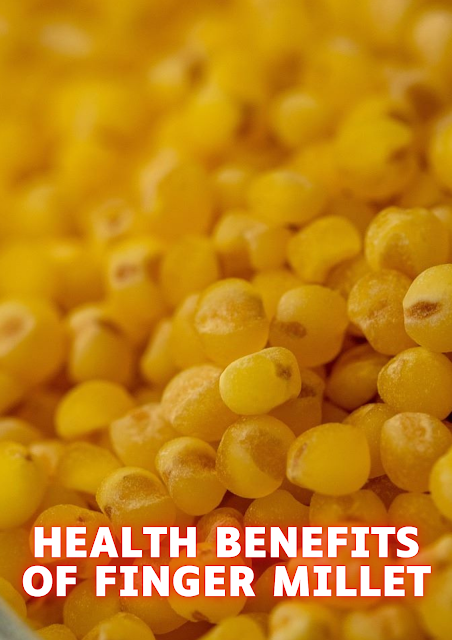Health Benefits of Finger Millet
Introduction
Finger millet, scientifically known as Eleusine coracana, is a cereal crop that has been cultivated for thousands of years in Africa and Asia. Also known as ragi in India, it is a vital food source in many countries due to its nutritional benefits and resilience in harsh climatic conditions. This article explores the health benefits of finger millet, supported by scientific research.
Nutritional Composition
Finger millet is rich in essential nutrients, including carbohydrates, proteins, dietary fiber, and minerals such as calcium, iron, and magnesium. It also contains a significant amount of phytochemicals, including phenolic acids and flavonoids, which contribute to its antioxidant properties.
1. High Nutritional Value
Finger millet is considered a nutritionally rich grain. It contains:
- Carbohydrates: Provides a sustained source of energy due to its slow-digesting nature.
- Proteins: Contains essential amino acids, particularly methionine, which is often lacking in other cereals.
- Dietary Fiber: Helps in maintaining digestive health and preventing constipation.
- Calcium: One of the richest sources of calcium among cereals, making it beneficial for bone health.
- Iron and Other Micronutrients: Helps in combating anemia and supports overall health.
2. Antidiabetic Properties
Finger millet has a low glycemic file, and that implies it discharges glucose gradually into the circulation system. This property is particularly beneficial for individuals with diabetes, as it helps in managing blood sugar levels. A study by Shobana et al. (2013) highlighted the role of finger millet in reducing postprandial blood glucose levels, making it an ideal food for diabetic patients.
Reference: Shobana, S., & Malleshi, N. G. (2007). "Preparation and functional properties of decorticated finger millet (Eleusine coracana)." Journal of Food Engineering, 79(1), 529-538.
3. Antioxidant Properties
Finger millet is a rich source of natural antioxidants, which help in neutralizing harmful free radicals in the body. This cell reinforcement movement is ascribed to the presence of phenolic compounds. A study by Chethan and Malleshi (2007) demonstrated that finger millet phenolics have potent antioxidant activity, which can help in reducing oxidative stress and preventing chronic diseases.
Reference: Chethan, S., & Malleshi, N. G. (2007). "Finger millet polyphenols: optimization of extraction and the effect of pH on their stability." Food Chemistry, 105(2), 862-870.
4. Supports Bone Health
Because of its high calcium content, finger millet is helpful for bone wellbeing. It can help in the prevention of osteoporosis and other bone-related disorders. Research by Shanthakumari et al. (2007) suggests that finger millet consumption can improve bone mineral density, particularly in populations at risk of calcium deficiency.
Reference: Shanthakumari, S., Mohan, V., & Mohan, V. (2007). "Bone mineral content in adolescent girls consuming ragi." International Journal of Food Sciences and Nutrition, 58(7), 491-499.
5. Weight Management
The high fiber content in finger millet contributes to a feeling of fullness, which can help in controlling appetite and managing weight. The slow digestion and absorption of its carbohydrates can prevent rapid spikes in blood sugar levels, which are often linked to increased hunger and calorie intake.
6. Gluten-Free Alternative
Finger millet is naturally gluten-free, making it an excellent dietary option for individuals with celiac disease or gluten intolerance. It can be used as an alternative to wheat and other gluten-containing grains in various recipes, providing a safe and nutritious option for those avoiding gluten.
Conclusion
Finger millet is a highly nutritious and versatile grain with numerous health benefits. Its high nutritional content, low glycemic index, antioxidant properties, and role in supporting bone health make it an excellent addition to the diet. As scientific research continues to uncover its potential health benefits, finger millet is gaining recognition as a valuable component of a healthy diet.
References
- Chethan, S., & Malleshi, N. G. (2007). "Finger millet polyphenols: optimization of extraction and the effect of pH on their stability." Food Chemistry, 105(2), 862-870.
- Shanthakumari, S., Mohan, V., & Mohan, V. (2007). "Bone mineral content in adolescent girls consuming ragi." International Journal of Food Sciences and Nutrition, 58(7), 491-499.
